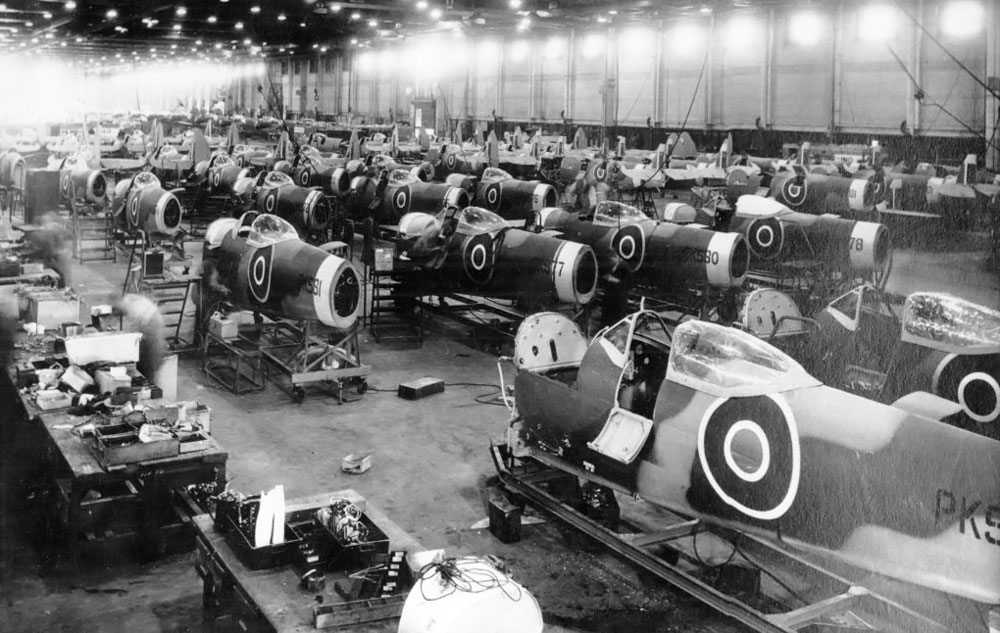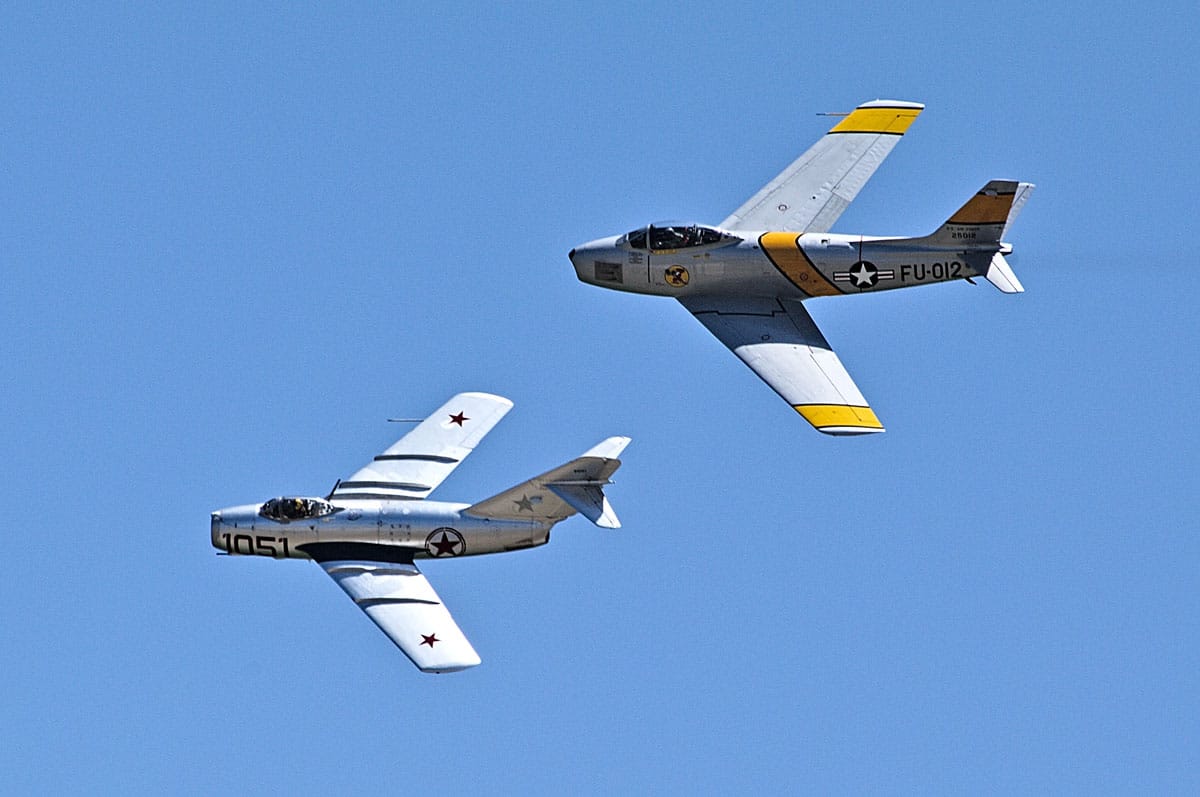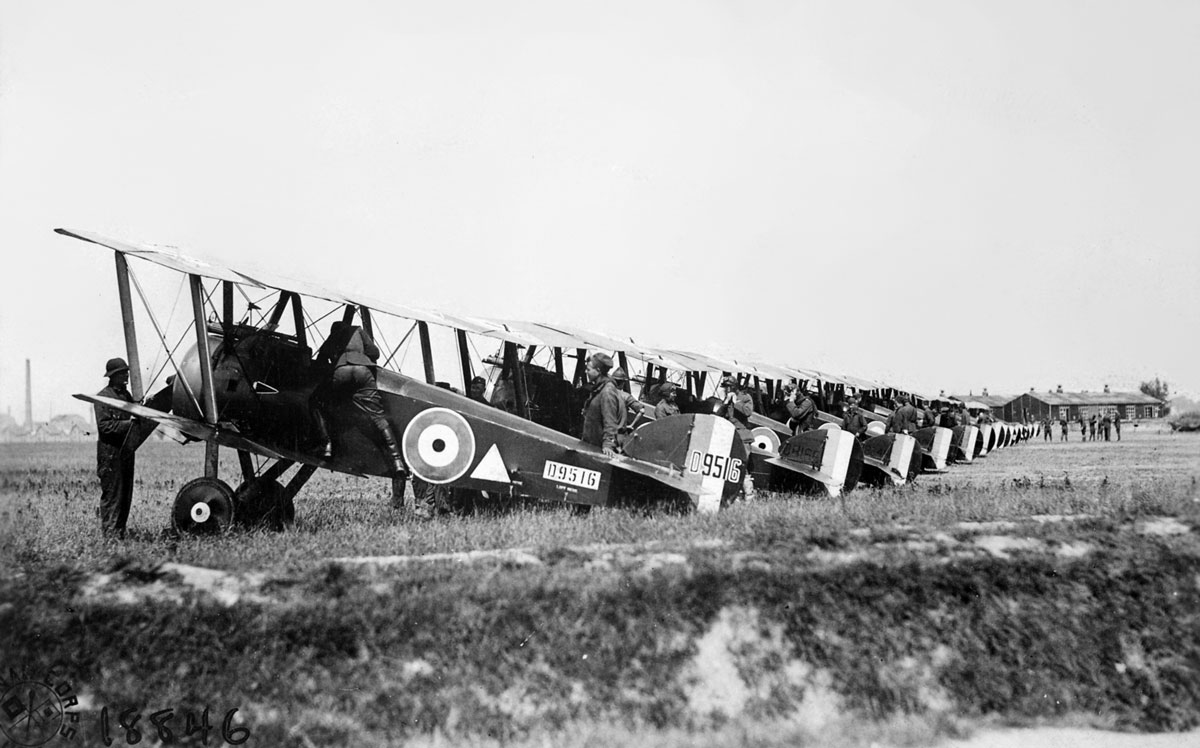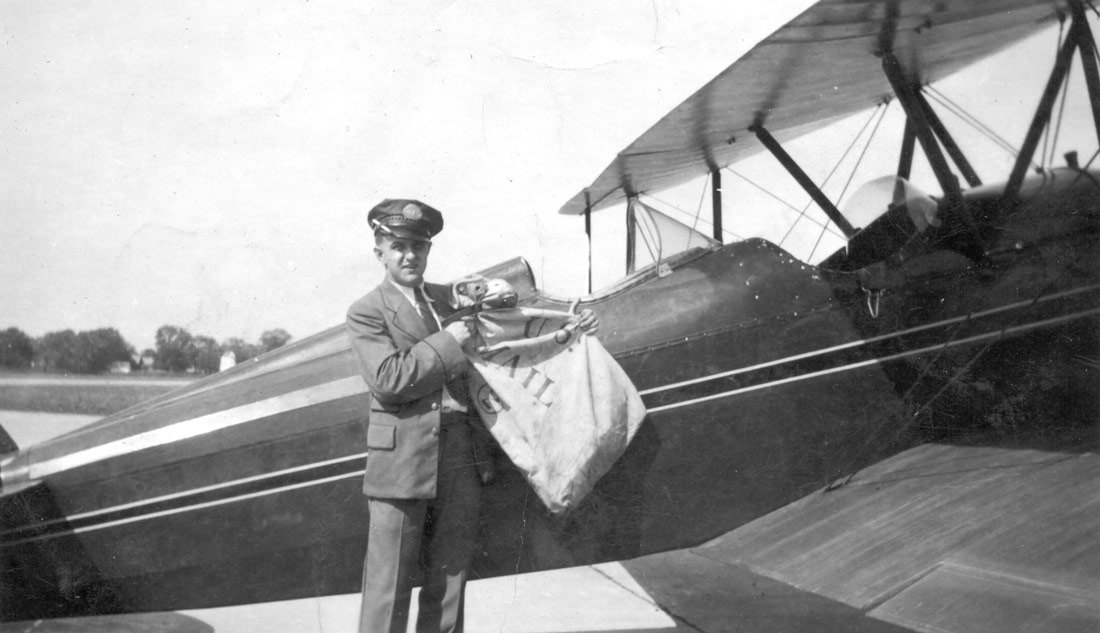For sale, one Brewster Buffalo

Last summer, divers who were cleaning up garbage off the coast of the Midway Atoll found the wreckage of a plane. After receiving a report of the sighting, a team led by Kelly Gleason, the chief of marine archaeology at Papahanaumokuakea Marine National Monument (try saying that ten times fast… or, well, even once), set out to investigate and photograph the wreck. Based on distinctive wheel struts, the nine cylinder engine, and some other evidence gathered at the sight, the wreck was identified as an extremely rare plane: the Brewster Buffalo. In addition to the struts and engine, a bent propeller, tires with the ‘Goodyear’ label clearly visible, and some groups of unfired ammunition were found.
While the discovery of a rare plane’s wreckage is usually cause for excitement, there aren’t many that are thrilled by this particular plane. Used briefly in World War 2 in the Battle of Midway, it was soon passed over for other, more functional planes. Among the Marines who flew the plane, it gained a reputation as a flying coffin. To whit: “It is my belief that any commander that orders pilots out for combat in a F2A-3 should consider the pilot as lost before leaving the ground,” wrote Capt. P. R. White of the Marines. Among the many faults of the Buffalo:
– Slower and less adept than the enemy planes at the twists, loops and dives necessary for aerial combat.
– Overheated and spilled oil at full throttle.
– The guns occasionally didn’t fire.
– The wheel struts were notorious for breaking.
Of the hundreds of Brewster Buffalos that were produced, all from one factory located in Queens, only one more or less intact (though not functional) plane survives. It’s a modified model that was sold to the Finns (who were able to use it to better effect against the Russians; apparently, the cold climate kept the engine from overheating as often). In true Buffalo fashion, it was fished out of a Russian lake in 1998. The plane was purchased by a Pensacola museum, and is currently on loan to the Finns. Footage of this specific plane can be seen from :38 to 4:25 in the embedded video below:
Also available is some archival footage of the various planes the Finns used during the war, including some of the Buffalo in action:
Officials have not yet decided whether they want to try and pull up the wreckage, or leave it is an addition to the unique marine ecosystem of which it has now become a part.
UPDATE: It appears that officials, at least for now, are leaving the wreckage as part of the ecosystem. In fact, they returned in August 2014 to gather footage and material necessary for a rendered 3D video of the site. Even cooler, photographer John Burns created a full screen, stitched together photo video of the site. Definitely a fascinating view of one of history’s more “interesting” airplanes.















Sitting in the ocean is the best place to leave the Buffalo.